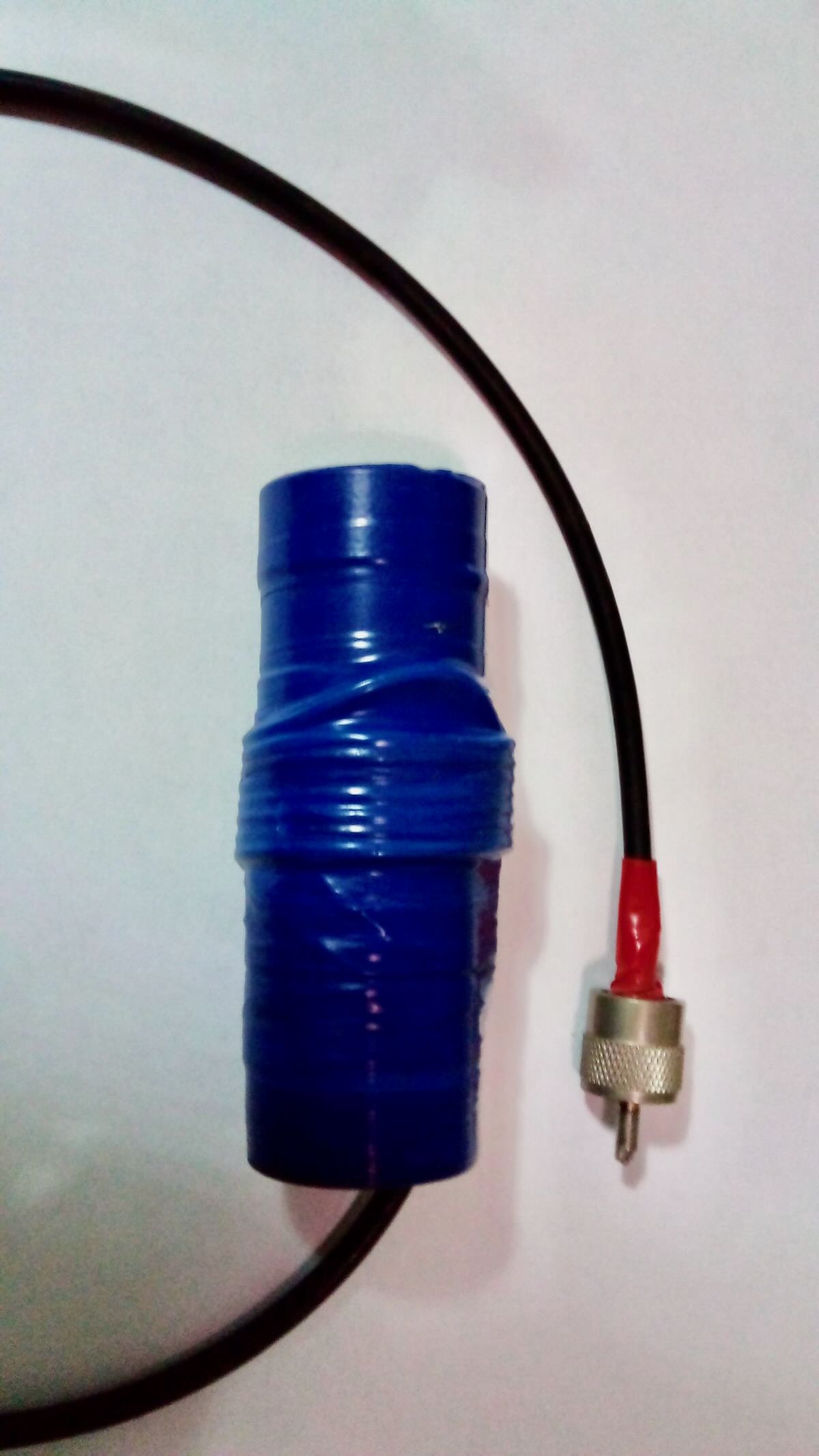Many thanks to SWLing Post contributor, Martin Tobisch, who shares the following guest post and videos from his home in Malta:
New AM Signal Coupler
 Many AM medium wave listeners are looking for solutions to improve the reception performance of their radios.
Many AM medium wave listeners are looking for solutions to improve the reception performance of their radios.
After many attempts, which I don’t want to entertain anyone with, a coupler was created that feeds the external antenna directly into the ferrite antenna. I use my 66 foot long wire antenna on 50 ohm RG-58 cable, but other antennas will have similar success.
The clips available on YouTube speak for themselves:
https://youtu.be/FIylJk3F9Xk?si=Kp7SowdUXI5i5QAV
https://youtu.be/RHAla9jPoi8?si=VoG3w274k08Ul8Q4
Experiments with smaller ferrites and antenna rods met with no success. It is important that the coupler still works even at a distance from the ferrite antenna and without precise alignment.
With tube radios it easily bridges the distance from the housing to the ferrite rod Antenna
The finished coupler consists of 6 NiZn ferrite cores, which are connected with glue to form a rod. 8 turns of wire are wound over this and soldered to an RG-58 cable. Some electrical isolation tape and ready. So far I’ve just put it in a box. Of course there are finer solutions and it should be protected against shock. Ferrite cores are notoriously brittle.
Here is a link to the ferrites used (purchased at AliExpress).
Advantages: Advantages to what? Nothing comparable exists.
So there are advantages to feeding via an antenna socket. The signal coupler is also good for radios without an antenna socket. But in case of using an antenna socket, common mode wave interference picked up in the house goes unlimited into the radio. Due to the magnetic coupling to the ferrite antenna, common mode waves are completely suppressed. They do not create a magnetic field in the coupler.
No changes are necessary in the radio
The biggest advantage is, that you can listen to distant stations loud and clear, which previously only produced a quiet scratching noise.
I very much welcome reports of experiences.
